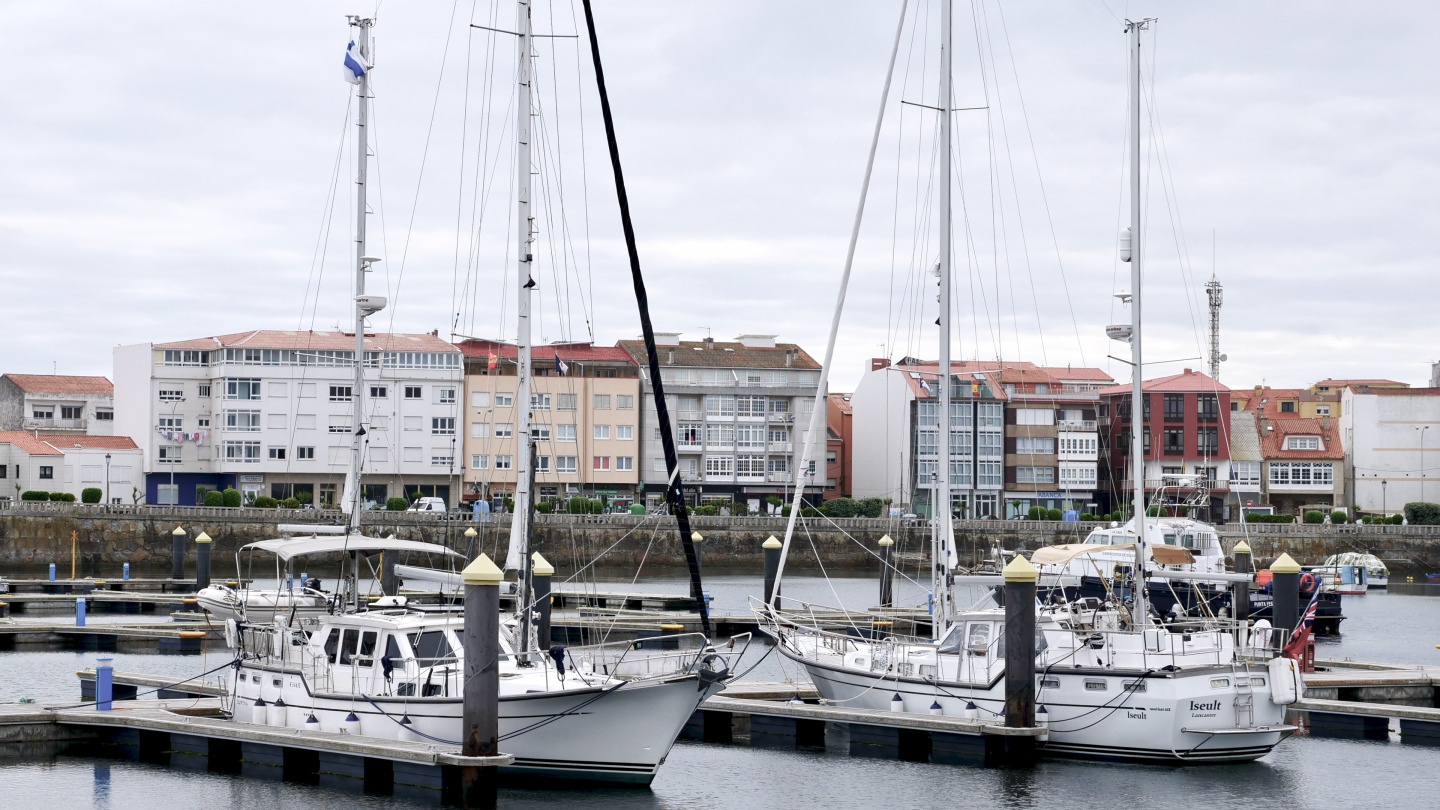Here in Galician rías the daily sailing distances are much shorter than in our previous summers. The distance from A Coruña to Muxia is 46 nautical miles and it is one of the longest passages this year.
We departed together time with four other yachts towards south. Soon after passing the Tower of Hercules, the last Roman built lighthouse still in use, the coastline was wrapped into thick fog blanket. We’re sailing in famous Costa da Morte where numerous sailing ships have shipwrecked. Pilot books recommended sailing at least one nautical mile from the coast. We’re sailing at the distance of 1.5 miles and were just at the edge of the coastal fog, entering it occasionally. No wonder that this part of the world has got such a charming name, the coast of death, as constant swell is risen by the storms of North-Atlantic combined with the 0.5 to 1 knots southbound current. Still adding the fog to other ingredients, we get quite a recipe.
We left A Coruña in totally calm weather. When we turned south at the Islas Sisargas, the wind started showing some signs. We’ve noticed that the French are definitely the sailing nation of Europe. Also, now the French yacht was the first of the five to hoist the sails. We were sailing also for a while, but the wind was variable and finally died altogether. Sails were flopping in the Atlantic swell as the boat was rolling. It was not fun, and we turned the engine on. A while later even the French yacht gave up and followed everybody else and hoisted their iron genny as well.
Muxia is located on the southern shore of the Ría de Camariñas opposite of the village of Camariñas. Both Camariñas and Muxia were inviting fishing villages and we finally decided to try Muxia. The decision turned out to be excellent. New marina with sturdy pontoons and most of all the marina was protected properly by two breakwaters. Even if there was two-metre-tall swell at sea, in the marina was like Suwena was standing on the hard without moving at all. Also, the marina staff was very friendly. Only WiFi was broken and it could not be repaired during our visit. We were kindly given the password to the town council’s WiFi and somehow, we got a feeling that this was not the first time 🙂
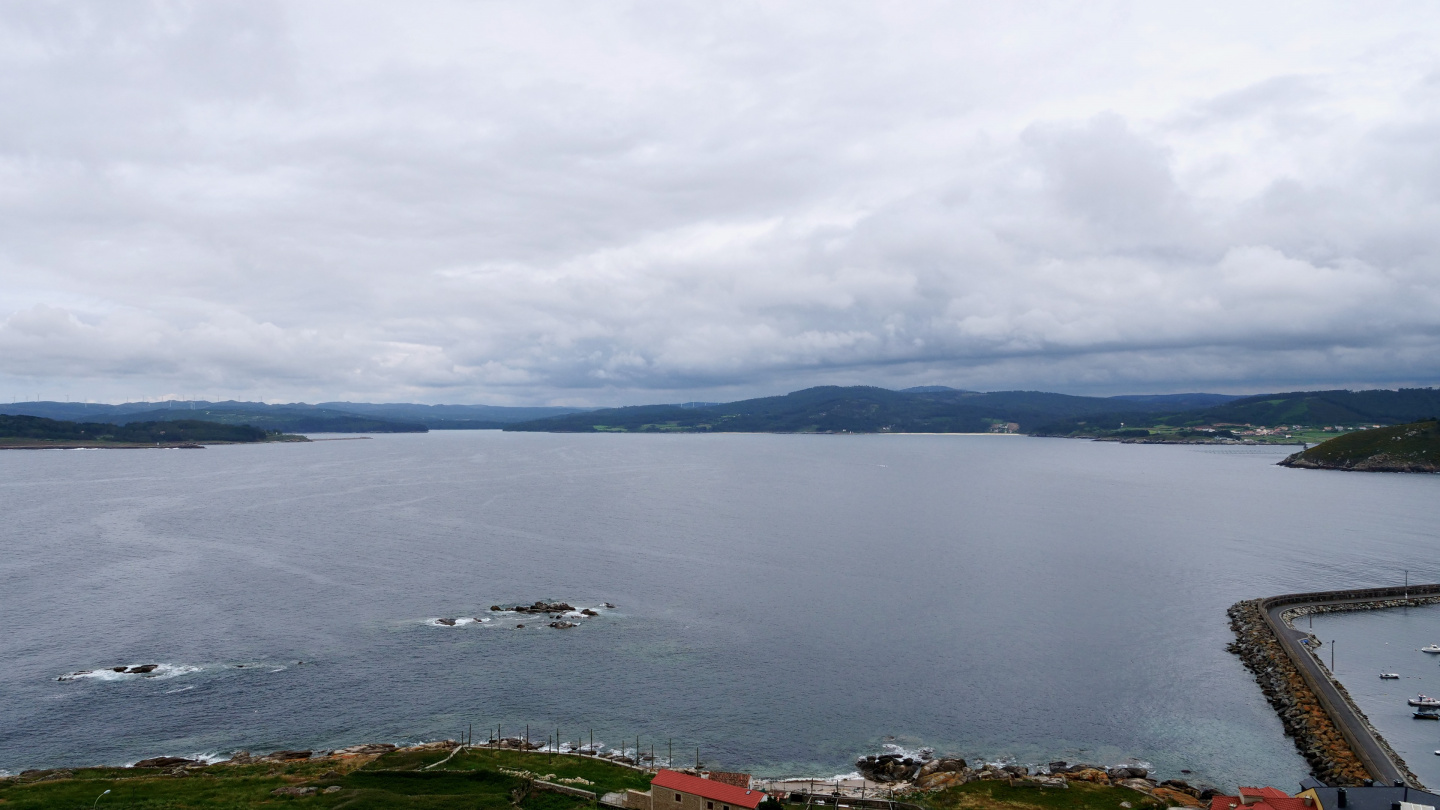
There are quite a lot of restaurants being such a tiny village and at least two of them had an excellent seafood and friendly service. The number of restaurants is probably due to St James landing in Spain at Muxia. So Muxia is one of the end destinations for the Camino de Santiago pilgrimage routes.
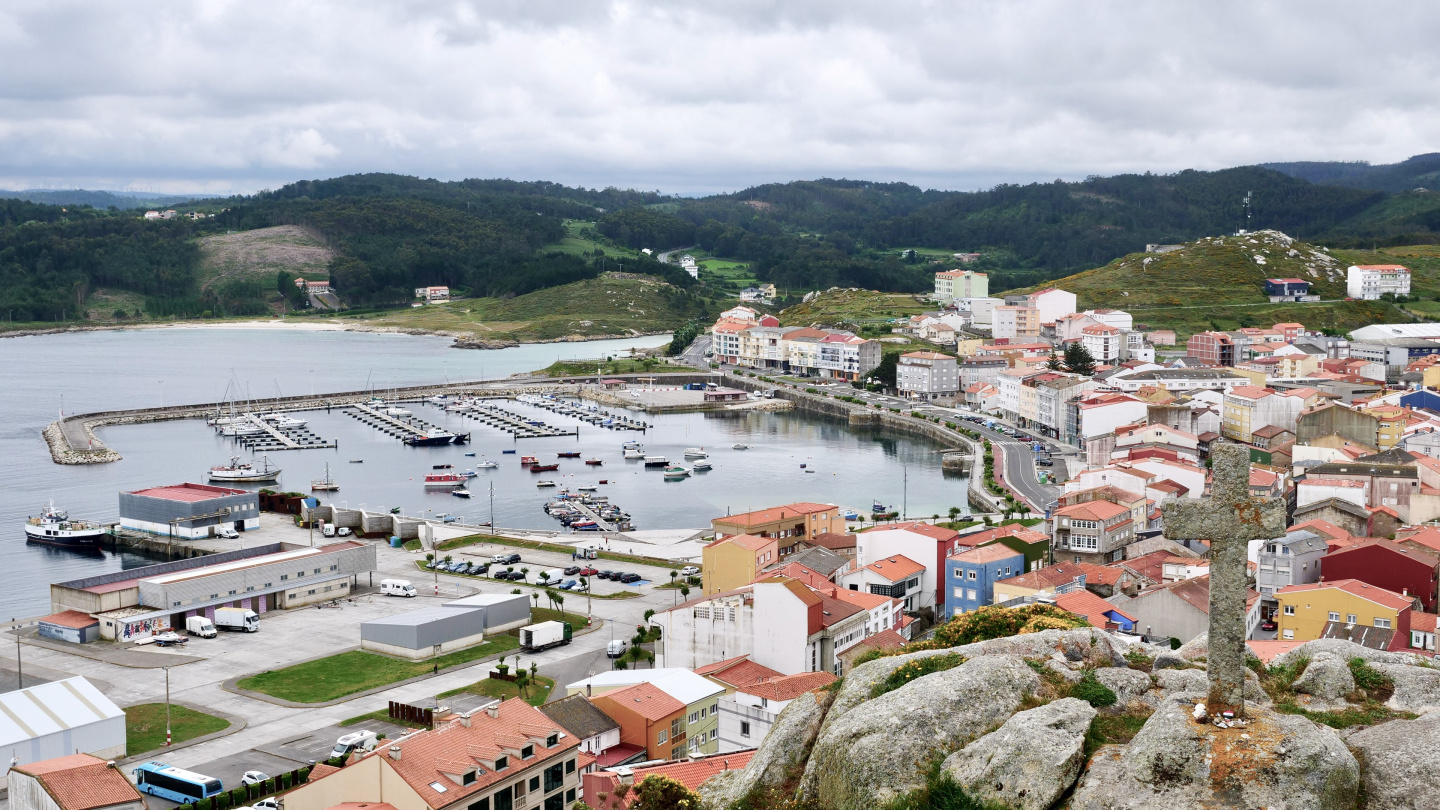
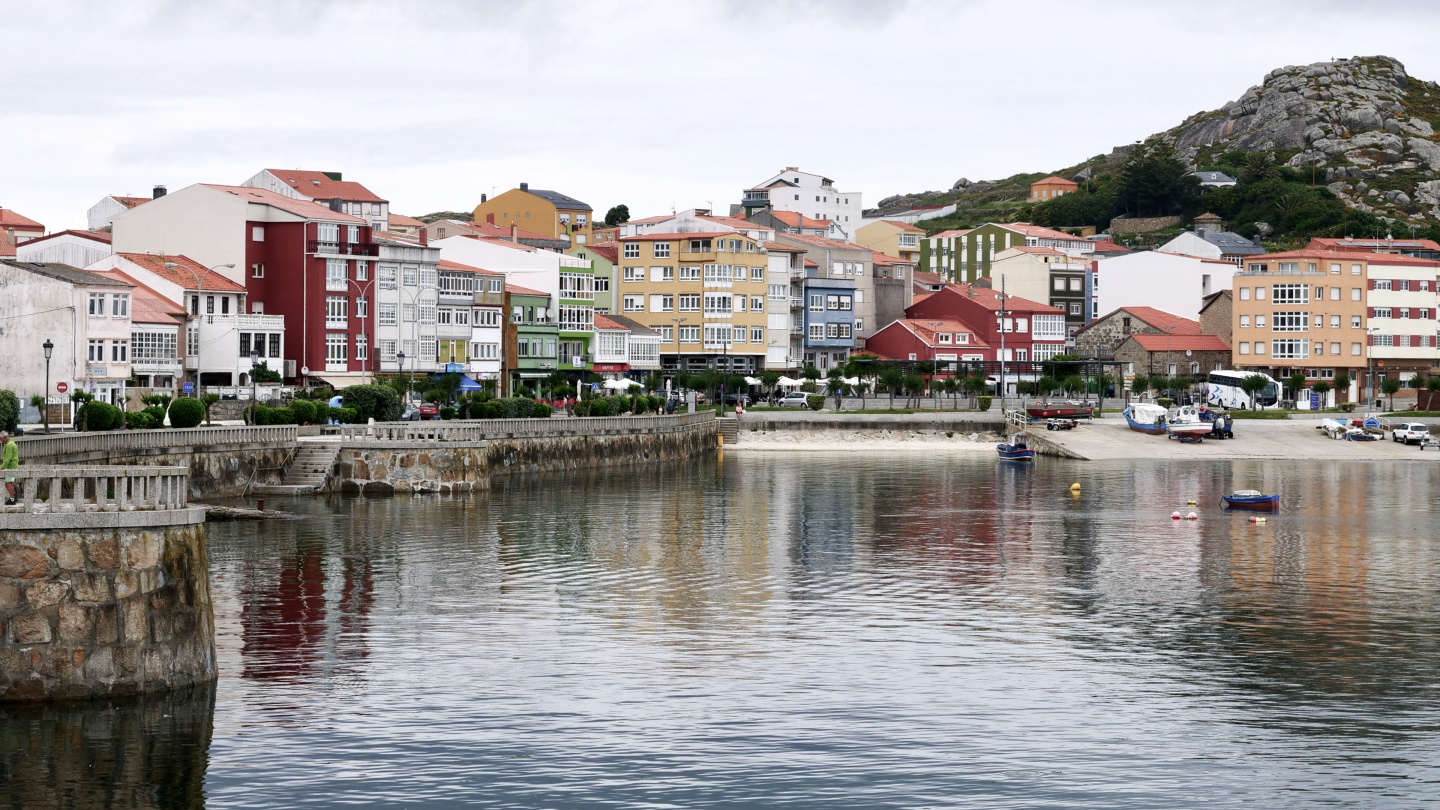
Muxia is located at the foot of a small hill. At the top of the hill were an amazing view all over the Ría de Camariñas. Even on this quiet day while the swell was crashing at the coastal rocks, there were totally calm waters on the other side in the ría. There is a rocking stone called Pedra da Barca on the seaside of the hill that is believed to have healing powers since Celtic times. Of course, I had to climb under the stone as well to rejuvenate. In addition, there is a church Nosa Señora da Barca built to celebrate the landing of St James. Still today the pilgrims come to Muxia for ending their walk.
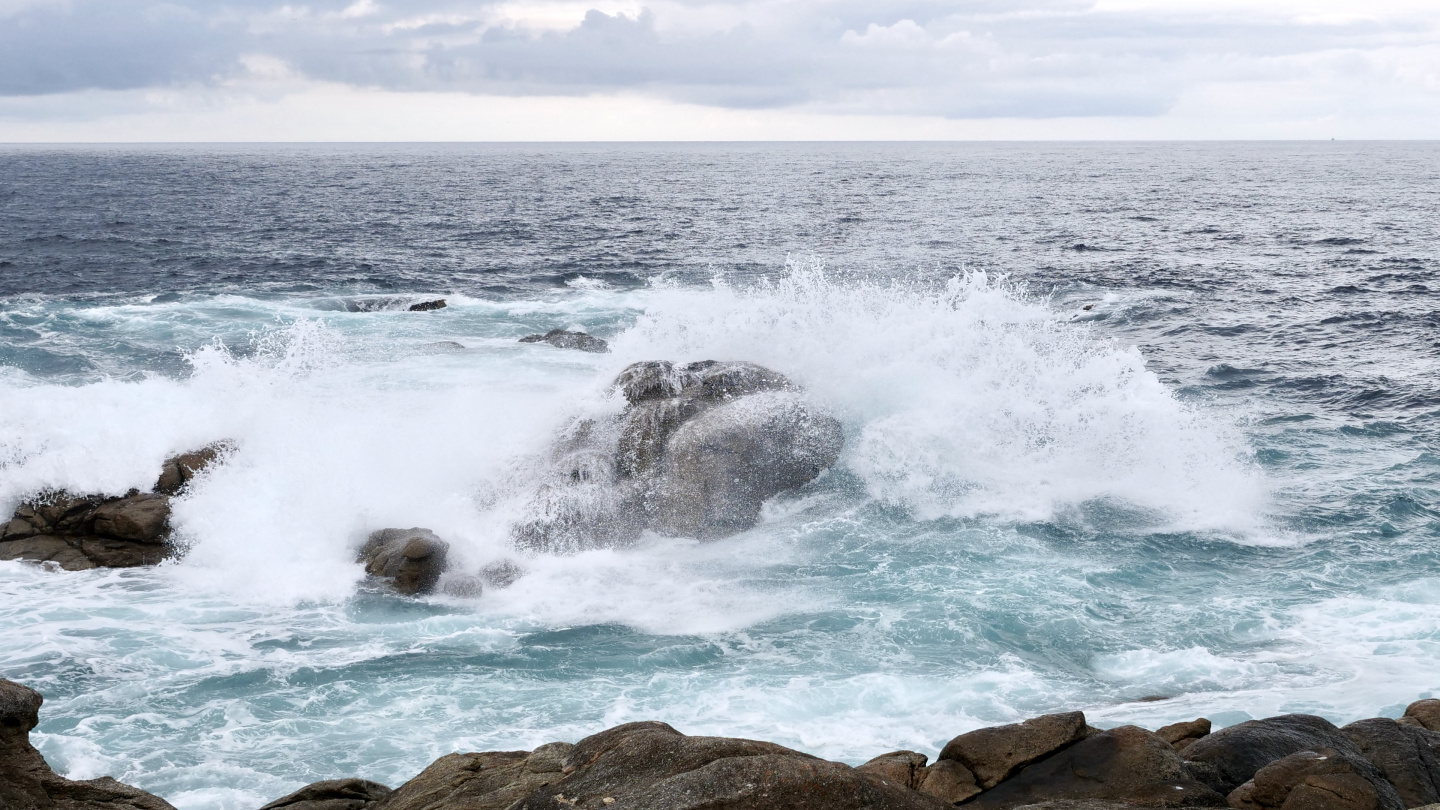
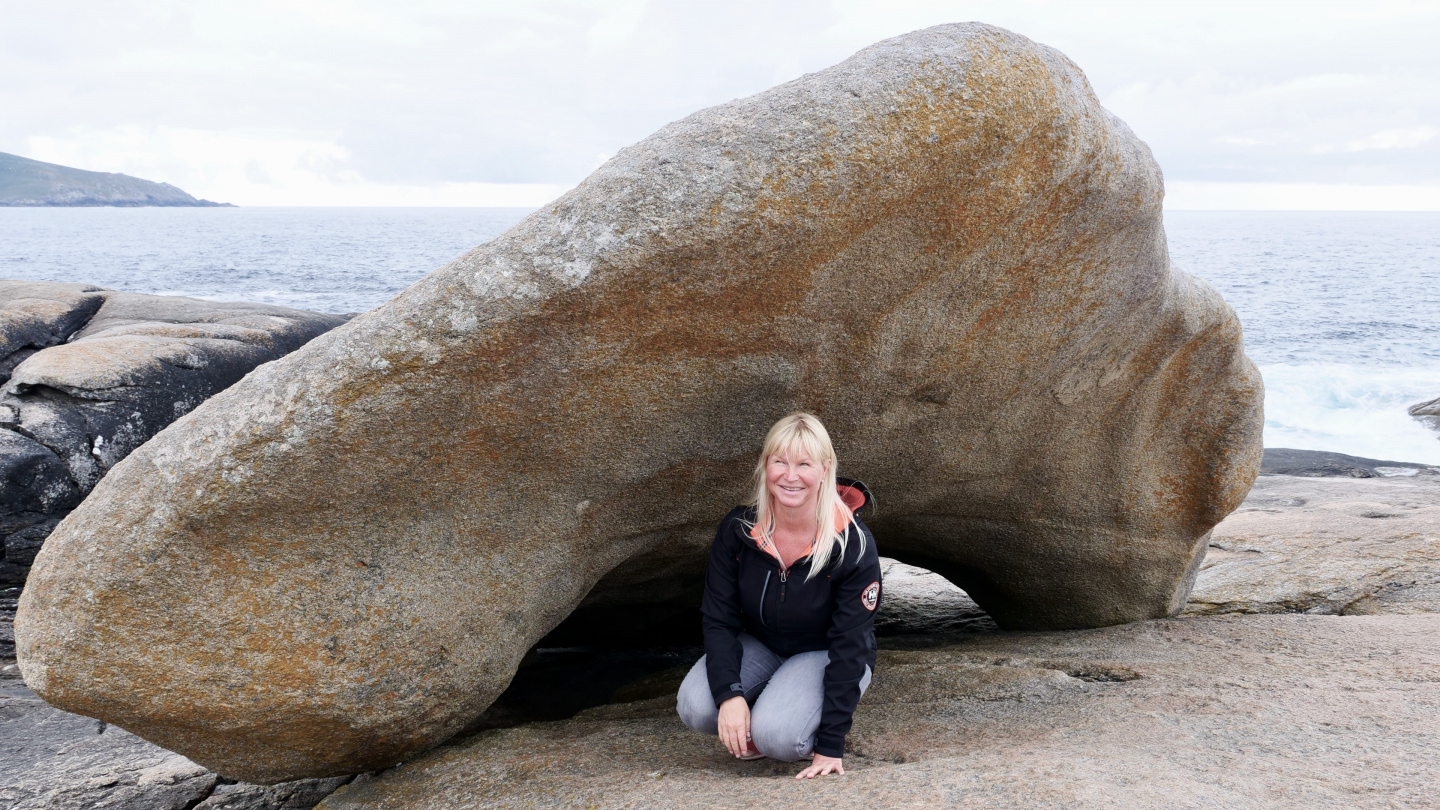
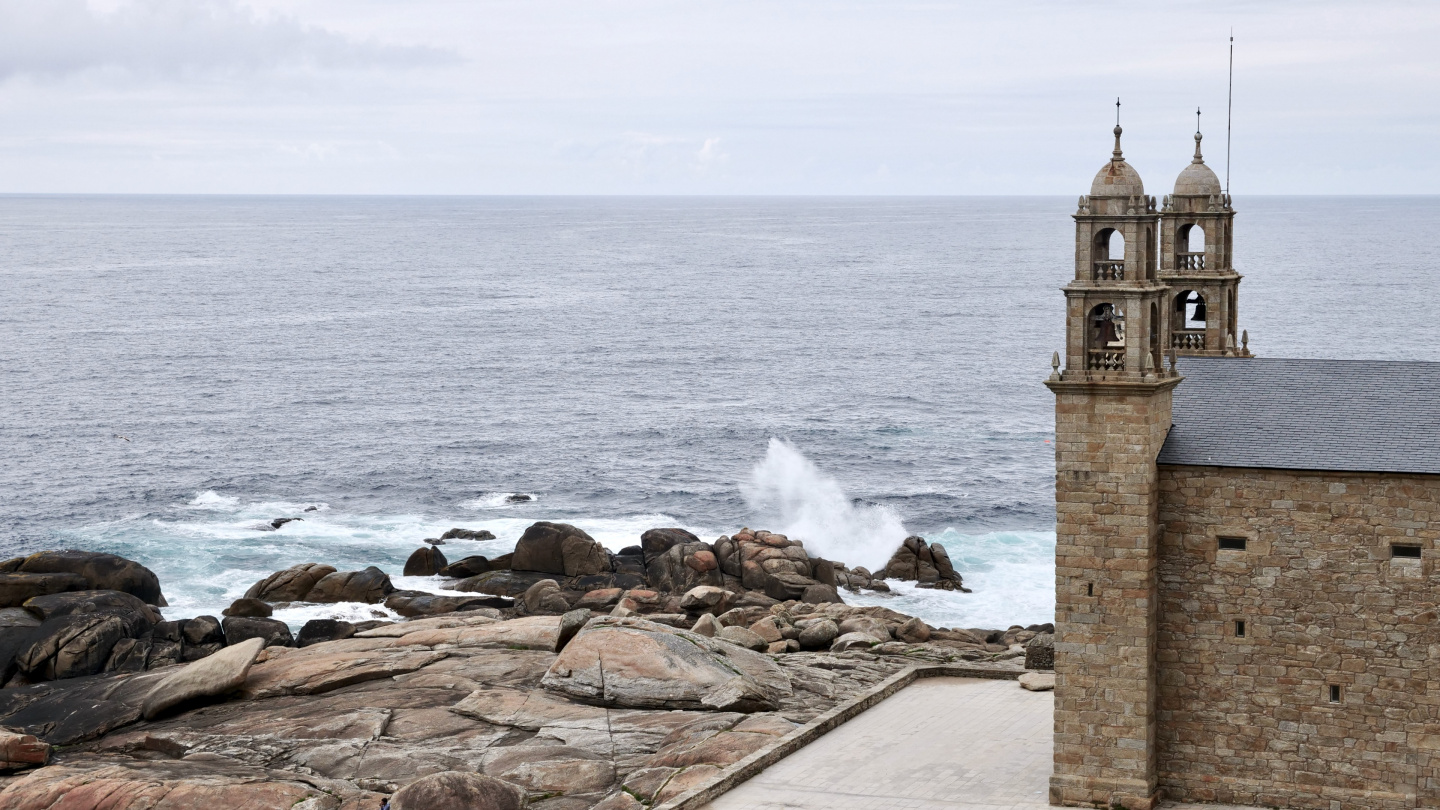
On Wednesday we were suddenly surprised when the harbour’s marinera run to our boat and pushed handheld VHF to Andrus’s hand pointing the talk button. We only speak a few words of Spanish but after trying to communicate by hand signs Andrus asked in English the intentions from arriving yacht. A few more Spanish words and soon the everybody as happy while marinera guided arriving yacht to nearby berth.
We got excited as well because the other boat was the also Nauticat 441. We had a great time getting to know the crew of S/Y Iseult, Jane and Chris while exchanging experiences about our boats. Every Nauticat is fully customised according to owner’s requirements. Even if from outside both yachts looked similar, the interior was completely different. We had both chosen very different layout and colour scheme. The midnight had already passed while we continued discussions about options and praising Nauticat’s woodworking skills on both boats.
